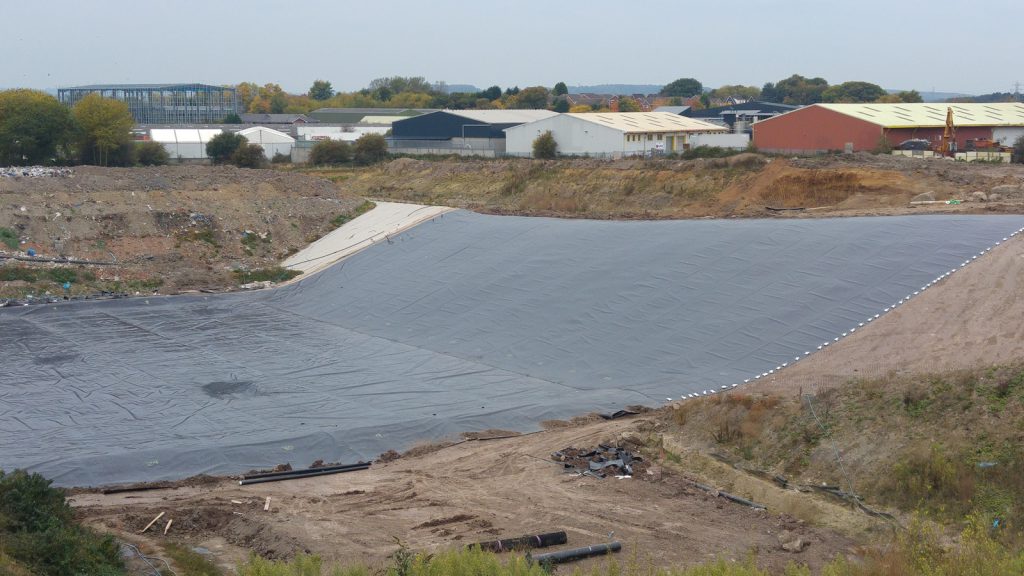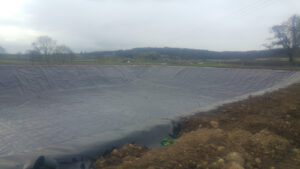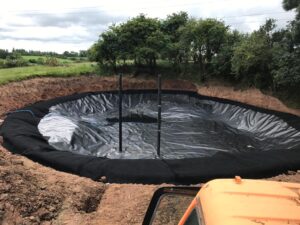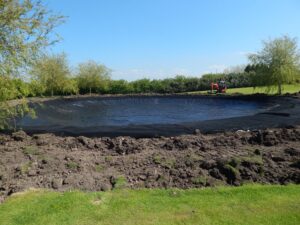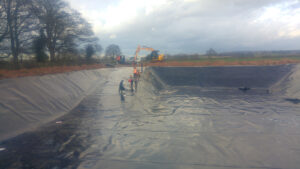Landfills serve as essential components of waste management, but their proper closure and sealing are equally vital in preventing environmental contamination and promoting long-term sustainability. Enter landfill capping liners—an integral part of the closure process that offers numerous benefits in safeguarding the environment and surrounding communities.
Landfill capping liners, typically made from durable materials like geomembranes or High-Density Polyethylene (HDPE), play a critical role in sealing and isolating waste within the landfill. Their primary function is to serve as a barrier, preventing the infiltration of rainwater, leachate, or gases into the waste, thus minimising the potential for environmental pollution.
One of the foremost advantages of landfill capping liners is their ability to control leachate migration. Leachate, a liquid formed by the decomposition of waste, contains harmful contaminants that can seep into the soil and groundwater, posing serious environmental risks. Capping liners effectively contain and divert rainwater away from the waste, reducing the formation and migration of leachate.
Moreover, these liners aid in managing landfill gas emissions. Landfills produce gases, including methane and carbon dioxide, as by-products of waste decomposition. Capping liners with gas collection systems help capture and manage these gases, preventing their release into the atmosphere and reducing the landfill’s environmental footprint.
Landfill capping liners also contribute to preventing soil erosion and controlling odour emissions. By creating a stable and impermeable cover, these liners minimise erosion caused by wind or rainfall, preserving the integrity of the landfill closure. Additionally, they help contain odours associated with waste decomposition, improving air quality and mitigating potential nuisances for nearby communities.
The installation of landfill capping liners requires meticulous planning, precise engineering, and adherence to regulatory standards to ensure effective closure. Proper selection of liner materials, competent construction techniques, and adequate cover systems are pivotal in maximising the benefits of these liners.
Regular inspections and maintenance are essential to uphold the functionality and integrity of landfill capping liners. Monitoring for signs of damage, erosion, or any breaches in the liner’s integrity and promptly addressing these issues through repairs or replacements are crucial practices in ensuring continued environmental protection.
The closure and capping of landfills with high-quality liners facilitate the transformation of landfill areas into valuable spaces for various purposes, including recreational areas, green spaces, or even renewable energy sites. This process not only promotes environmental sustainability but also enhances the potential for post-closure land use, contributing to community development.
In conclusion, landfill capping liners serve as indispensable components in the responsible closure and management of landfills. Their role in preventing leachate migration, controlling gas emissions, mitigating environmental risks, and enabling post-closure land use underscores their significance in ensuring environmental protection and promoting sustainable waste management practices. As the importance of proper landfill closure gains recognition, landfill capping liners stand as key contributors to a more sustainable and environmentally conscious waste management approach.
To find out more about our products and services and how we can help you, please contact us using the below –
Tel: 01695 228626
Email: enquiries@enviroseal.co.uk

